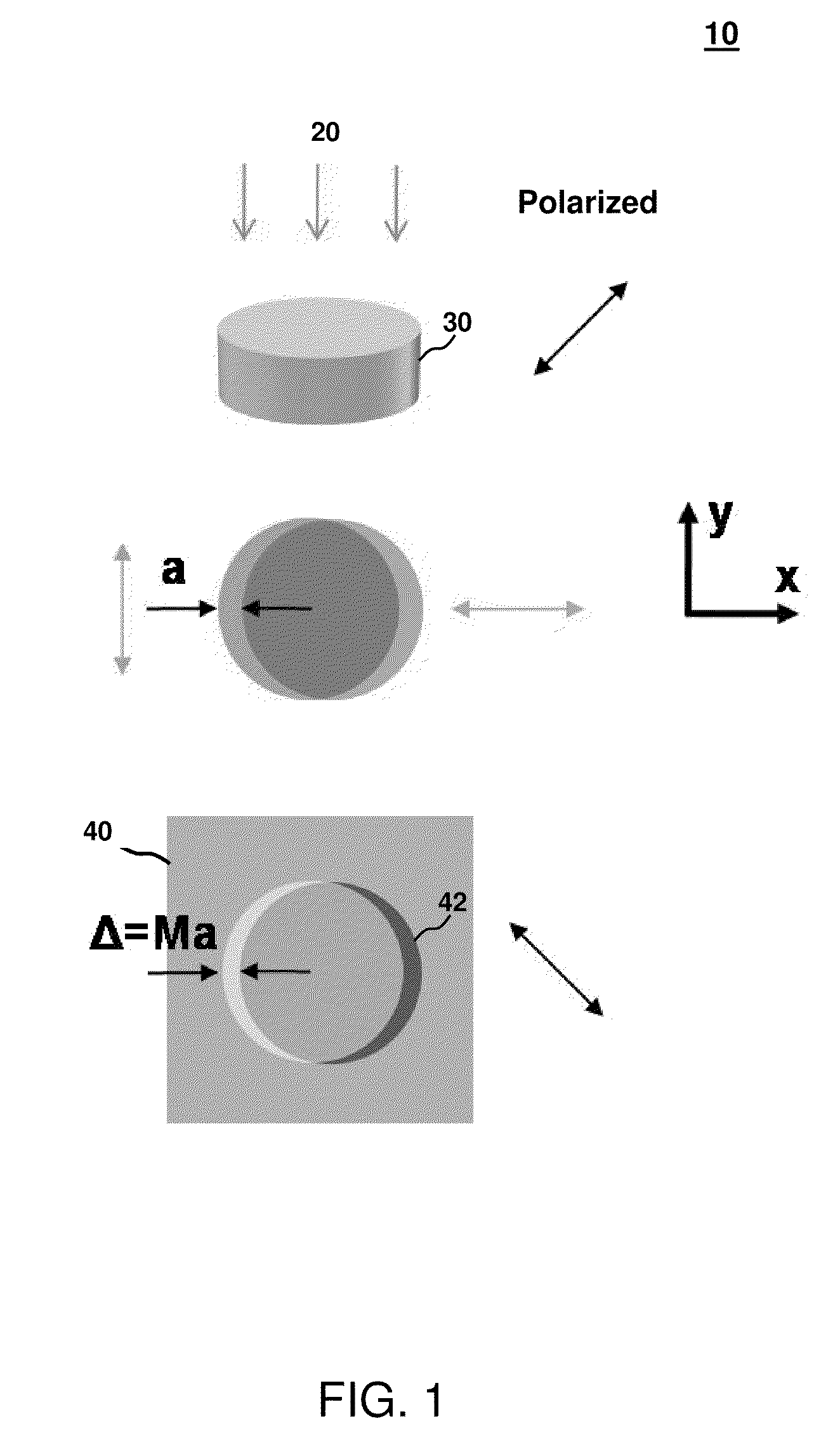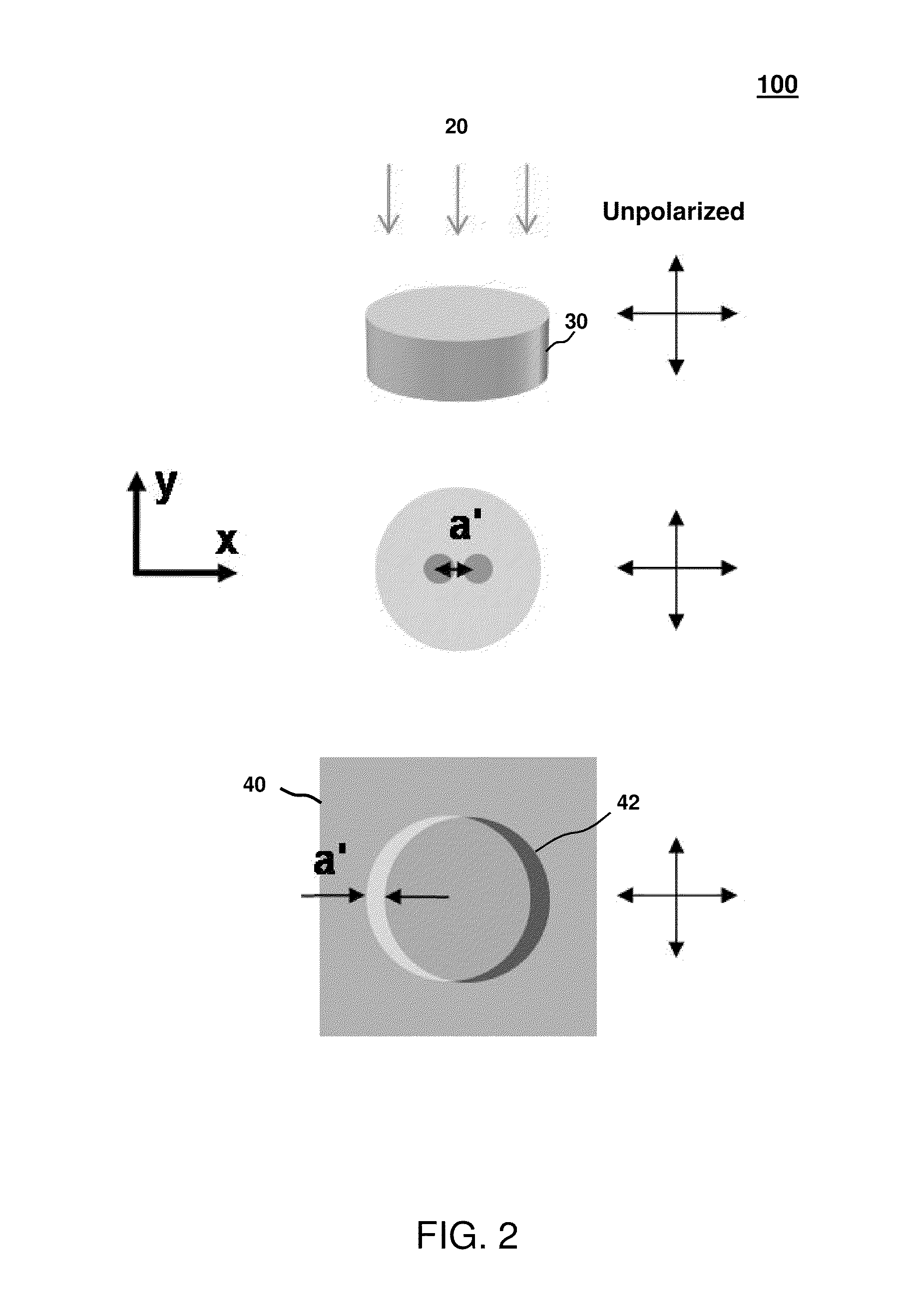Quantitative differential interference contrast (DIC) devices for computed depth sectioning
a technology of computed depth sectioning and contrast, applied in computing, phase-affecting property measurement, instruments, etc., can solve the problems of phase variation not being easily disentangled from amplitude (intensity) variation, and conventional dic devices have several limitations
- Summary
- Abstract
- Description
- Claims
- Application Information
AI Technical Summary
Benefits of technology
Problems solved by technology
Method used
Image
Examples
Embodiment Construction
[0054]Embodiments of the present invention will be described below with reference to the accompanying drawings. Some embodiments include a simple and quantitative DIC device with a wavefront sensor that can be used in applications such as microscopy, photography, or other imaging applications.
[0055]Wavefront sensors of embodiments of the invention can be in any suitable form. For example, the wavefront sensor can be in the form of a single pixel (element) wavefront sensor. In another example, the wavefront sensor can be in the form of a one dimensional wavefront sensor array having sensor elements (e.g., pixels) located along a single direction. In another example, the wavefront sensor can be in the form of a two-dimensional wavefront sensor array comprising sensor elements located along two orthogonal directions.
[0056]In general, quantitative DIC devices of embodiments of the invention provide advantages because they can separately measure the amplitude and phase gradient of an ima...
PUM
 Login to View More
Login to View More Abstract
Description
Claims
Application Information
 Login to View More
Login to View More - R&D
- Intellectual Property
- Life Sciences
- Materials
- Tech Scout
- Unparalleled Data Quality
- Higher Quality Content
- 60% Fewer Hallucinations
Browse by: Latest US Patents, China's latest patents, Technical Efficacy Thesaurus, Application Domain, Technology Topic, Popular Technical Reports.
© 2025 PatSnap. All rights reserved.Legal|Privacy policy|Modern Slavery Act Transparency Statement|Sitemap|About US| Contact US: help@patsnap.com



